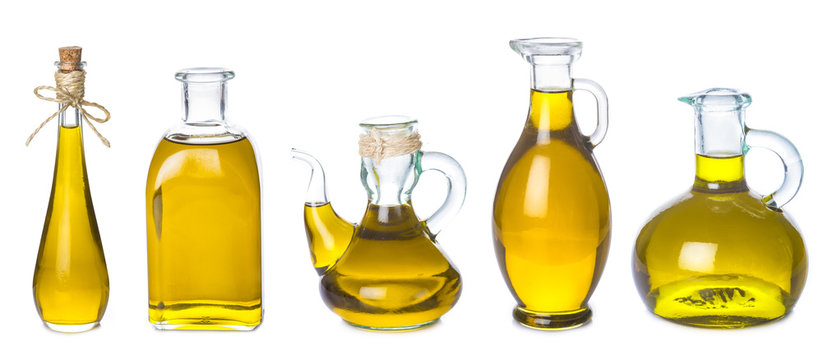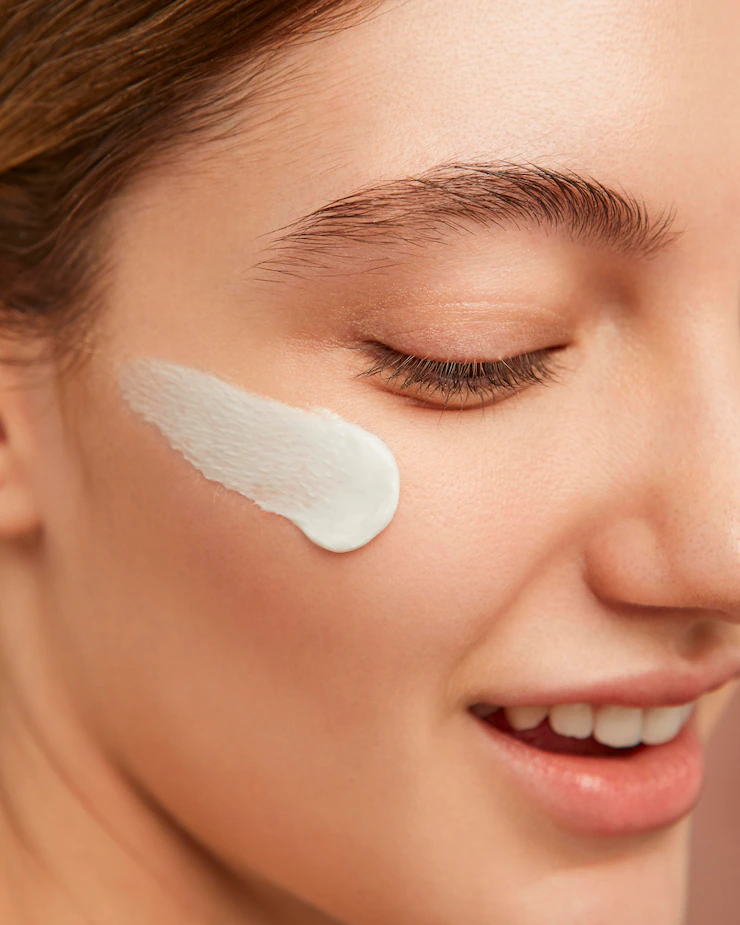- Home
- Ingredients
- Cosmetic Oils
What are cosmetic oils?

Cosmetic oils are simply carrier oils that are safe to use for cosmetic formulations.
Cosmetic oils or carrier oils can be categorized into 4 main groups:
- Monounsaturated oils
- Polyunsaturated oils
- Linoleic, Alpha-linolenic acid oils
- Highly Saturated Oils
Cosmetic oils can also be categorized into:
- naturally derived from nuts, seeds or kernel of a plant
- macerated or infused from other botanicals
Essential oils however, are not carrier oils. EOs are extracted therefore making them more potent and expensive.
As cosmetic formulators, we tend to focus on:
- fatty acid content - Oleic, Linoleic and Alpha-Linolenic
- what they are made of - to align with your concept
- how deep they penetrate into the skin - dry or greasy feel
- how they appear in color - aesthetic values
- how they smell - aesthetic values
How do cosmetic oils differ from cooking oils?
Cooking oils have a higher melting point and that is why they can handle high cooking temperatures.
While it is true that most cooking oils are refined, it is completely safe for consumption.
What about butters?
Butters meant for consumption have low melting point and they burn very fast. Furthermore, food-grade butters tend to be very oily in texture compared to cosmetic butters.
Cosmetic butters on the other hand, have higher melting point and generally all of them are solid state when in room temperature.
If you are living near or around me in Singapore, coconut oil is usually liquid. So don't be alarmed if you see liquid coconut oil everywhere! (Hi neighbor! Malaysia, Indonesia, Thailand, Vietnam, Philippines)
Cosmetic butters are considered as part of the Oil Phase because they become oil when heated up.
Which cosmetic oils can you use to make cosmetics?
To date, there are over 50 carrier oils available to use depending on your concept.
With so many oils to choose from, I have created this guideline so that you can create the perfect product each time!
- What is the customer's skin type - Dry, oily, sensitive, eczema-ish, normal
- What are you making - Emulsion, balm, lotion, cleanser
- What is your concept - nut-free, kid-friendly, vegan
- How does it feel on the skin - dry, silky, greasy
Who can use what oils?
Different people have different skin types. I assure you that if you create products according to skin type, your customers will love you!
Here are some tips:
Dry skin
Use heavier oils like Avocado and Argan. Heavier oils provide long-term hydration and moisturizing effects on the skin.
Oily skin
Use lighter oils like Jojoba, Grapeseed and Prickly Pear Seed oil. People with already-oily skin appreciate the drier and silky feel.
Normal skin
Use any oils that mimic natural skin sebum like Jojoba and Squalane. This group of people are so blessed that they can use any oils on their skin and not have a breakout.
Acne-prone skin
Use oils that are higher in Linoleic Acid like Green Tea and Rosehip Seed oil. People who have acne-ish skin needs a boost in antioxidants and fatty acids. Take note that they usually have oily skin type.
Tanned skin
Use oils that soothes like Macadamia, Buriti and Calendula-infused oil. This group of people are mostly outdoors due to work or just taking a break. Avoid heavy oils like Argan.
Where to buy cosmetic oils from?
From trusted suppliers that I have listed on the Supplies page.
Make your own oil serum

Want a softer, clearer skin when you wake up in the morning?
Make your own night-time oil serum!
Here's the formula:
1 tsp Rosehip seed oil
1 tsp Pracaxi Oil
1 drop Frankincense EO
1 drop Geranium EO
Mix with your palms to generate a bit of heat.
Apply generously on face, avoid the eye area, and of course your neck and décolleté.
Do this every night and you will notice your skin becomes clearer, less breakouts and more hydrated.

